[ad_1]
Automotive designers employ a wide range of prototyping and testing stages. In this post, we look at the ways prototype machining is used at each stage.
At What Prototyping Stages Is Machining Efficient?
The automotive industry is highly competitive. For example, a deadline for a new auto to be designed and brought to market is two to four years. That is a very short amount of time for a product of such complexity to be designed, prototyped, tested, and brought into mass production.
RELATED ARTICLE: GET BETTER MEASUREMENT RESULTS FROM YOUR METROLOGY MACHINE
In order to achieve such urgent deadlines, the CEO’s of automotive companies try to shorten each of the stages. In this post, we’re talking about the prototyping stage. Specifically, we’ll address the way prototype machining helps shorten the prototyping and testing stages. Ultimately, shortening these stages will increase company competitiveness and success in the market.
Machining for Concept
Prototypes
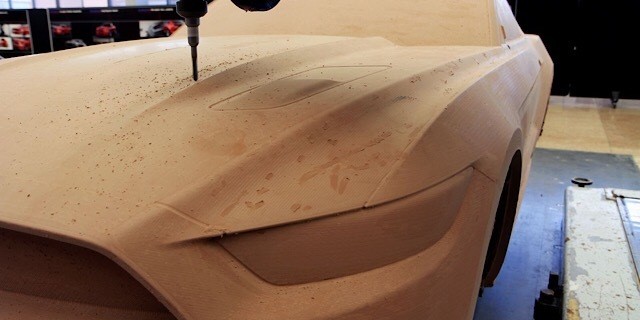
Proof-of-concept is one of the first major prototyping stages. It is at this stage that designers work with a small mockup of the future auto. The designers might create this mockup manually using softer materials. For example, they might carve it from wood or mold it with clay. Softer materials ensure easy modifications at this early stage.
However, these materials are only useful when designers are working with the enclosure of the car. When they’re designing functional parts, though, clay or wood might not be an option.
For example, if the designer wants to design a new pumping system, aluminum or steel will be necessary, since pumping systems work under high pressure.
CNC Machining
Therefore, manufacturing such parts with CNC (“computer numerical control“) machining is the only option. Moreover, the parts at this stage are quite crude, and there will only be a few of them that will need CNC machining. That’s because designers usually try to combine standard parts into the mechanism to minimize the price of the prototype.
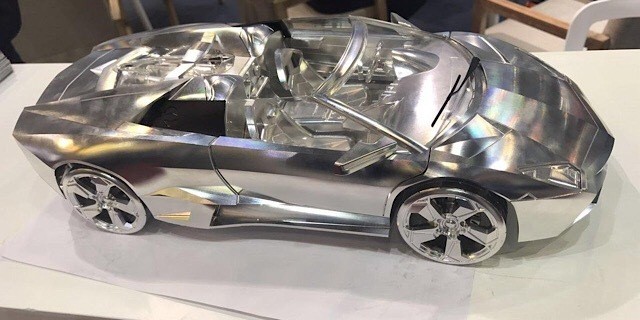
Prototype Machining at the Design Validation Stage
Developers manufacture the next serious prototype much later, once the design has been set in stone. This is the design validation prototype.
Developers intend at this stage to determine whether the parts they have invented, as well as the overall structure of the mechanism, can be realized.
Often, what happens is that some parts can’t be manufactured or assembled because of geometry imperfections. Moreover, because they’re not concerned about the functionality of the product at this stage, developers often use soft materials.
For example, they might use plastic models to create design validation prototypes. For these models, machining is a good option. However, 3D-printing can yield similar results more quickly.
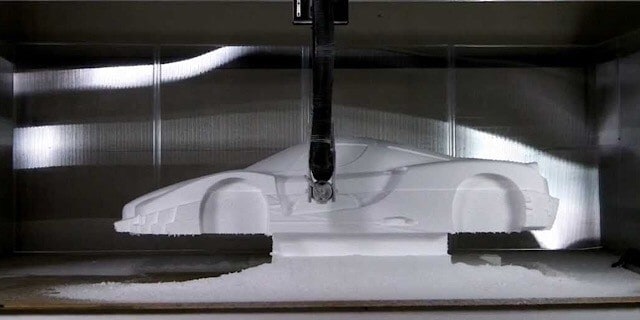
Pre-Development
Prototype Machining
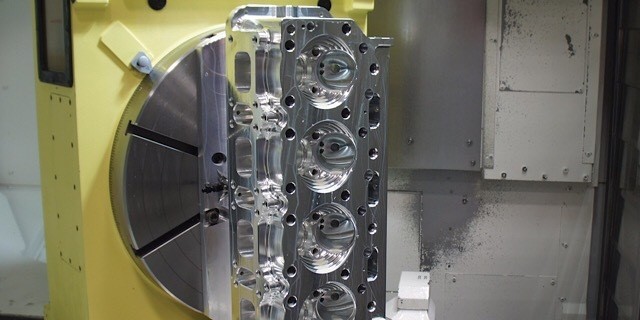
Once developers are sure that the idea works and they have verified the mechanism’s geometry, it’s time to test the functionality of the car and its various parts.
Generally speaking, even if the whole car has been designed, its separate parts are manufactured and mounted on other car models for testing. This method makes it easier for developers to isolate the newly developed mechanism and look at the way it performs.
The Manufactured Prototype
The properties of the manufactured prototype must be quite close to those of the intended final product. Therefore, developers use materials that will be used in the actual car. Mostly, these are steel and aluminum alloys.
However, the initial blanks for these prototypes are standard ones. In contrast, mass-produced cars usually require precise specialized blanks. That’s because more precise blanks decrease waste.
This is the stage where rapid CNC machining truly shines. That’s because this method machines the standard blanks to the form of the prototype that the designers have in mind.
Production Process
Validation Prototyping
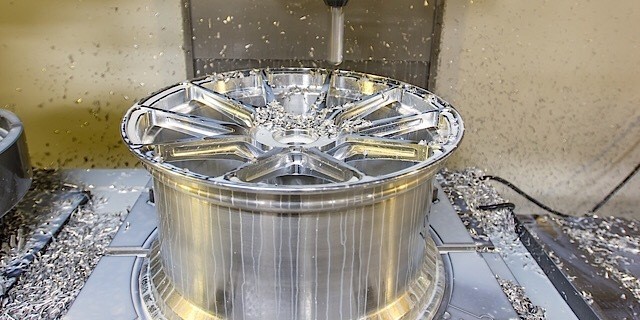
When it’s time for the validation prototyping, the design has been long validated. Moreover, developers have also validated its performance as well.
Next comes the manufacturing process for mass-production. However, even with all that has come before it, developers must tweak and test this stage, too.
For example, they will carefully verify the tooling and manufacturing methods. This is important, as these methods will affect the final price of the car.
Test Runs with Mass Production
Therefore, manufacturers do a number of test runs with the mass production methods. In this way, they produce production process validation prototypes.
Basically, the prototypes serve as test results at this stage. Machining doesn’t play a central role anymore. However, it takes up its niche, and the niche is quite large.
For example, almost every part of the auto is machined to some degree. That’s because a good surface finish is important. Also, automobiles require a very close tolerance. Basically, machining is one of the finishing processes, along with grinding.
Customer Testing Prototype
Customer testing prototypes are basically the same as production process validation prototypes in terms of their structure. That is, both look like the final product.
However, the customer testing cars have multiple sensors mounted on them. These sensors monitor the condition of the car as well as the way the driver reacts in different situations. This helps manufacturers determine any possible flaws.
Safety Test Prototypes
Safety testing is basically the same as customer testing. However, there is a big difference: The safety testing prototype will be ruined by the end of the tests.
That’s the point of safety testing, after all. Engineers cause the car to crash in a lot of different ways. Then they look at the condition of the driver mannequin and the car itself.
Why Is Machining a
Good Option?
By using the CNC turning and milling processes, specialists can manufacture more than 90% of the parts the modern automotive industry now uses.
Why are these methods so useful to designers and developers? Basically, it’s because specialists can manufacture complex parts from even the hardest of metals.
For example, modern CNC machine tools, in conjunction with modern cutters, can take up almost any challenge in hardness and tensile strength. Moreover, these tools make parts of outstanding quality.
How Prototype
Machining Services Can Help Automotive Companies
The facilities of many automotive companies are highly specialized for mass production. This means that their equipment is efficient at manufacturing one type of part. On the other hand, it also means that their equipment is not flexible at all.
That’s why CNC machining prototype services are becoming more and more popular with automobile manufacturers. That is, manufacturers can outsource the designs for their cars to specialists. These specialists then provide them with prototype machined parts and assembled mechanisms.
This saves time for manufacturers. That’s because they don’t need to set up equipment for the earlier stage prototypes. Instead, they can leave the CNC prototyping to the people who specialize in it.
What’s more, these specialists will make those prototypes faster and cheaper than the manufacturers could have.
[ad_2]
Source link
Leave a Reply